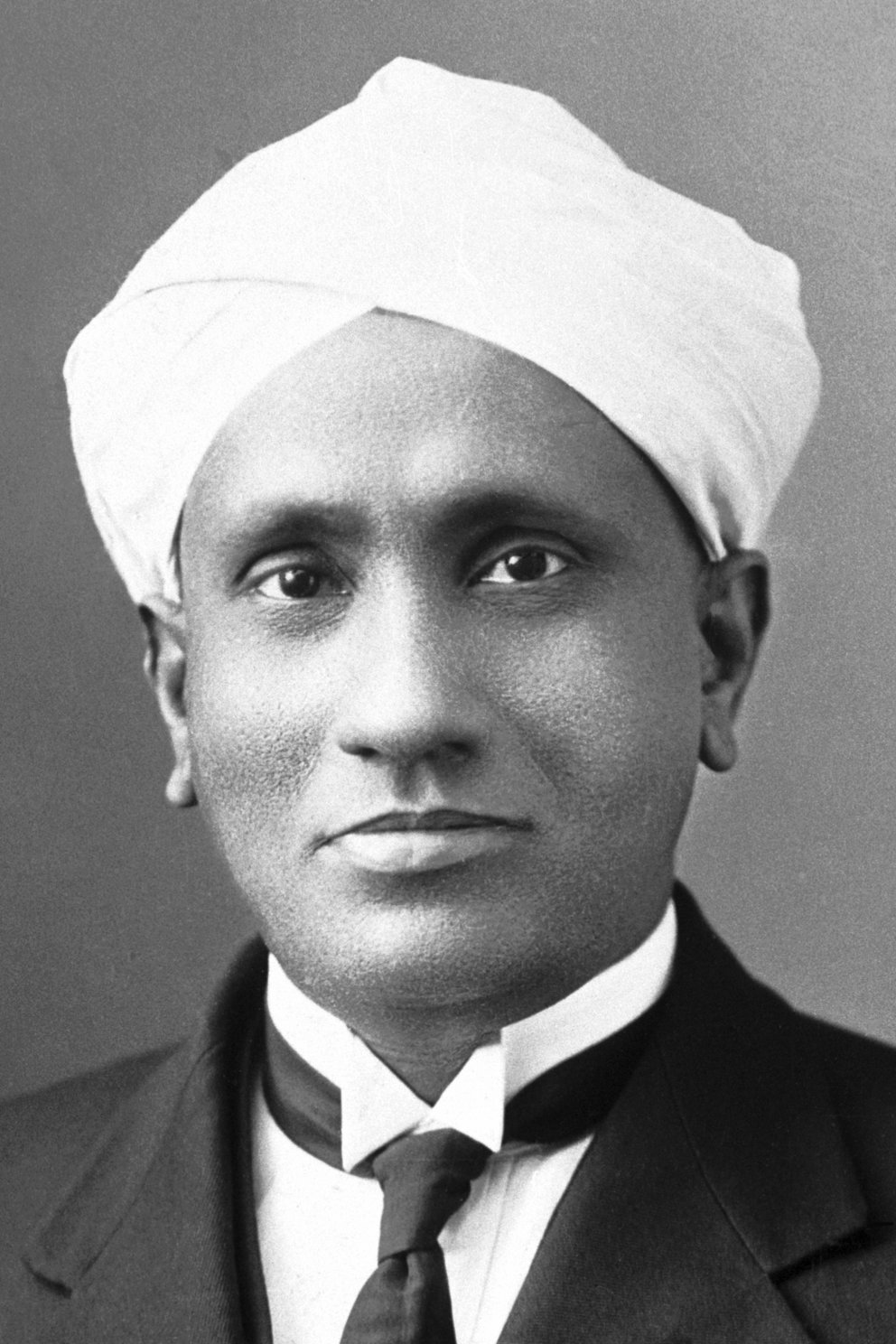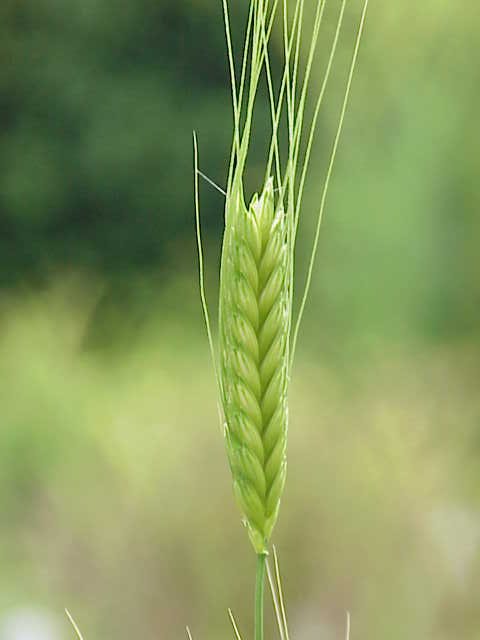Infrared & Raman Spectroscopies
Infrared spectroscopy is an invaluable tool for chemists, and is applied in fields from astronomy to forensics. It takes advantage of the transitions between vibrational energy states of molecules, and in order to be classed a 'IR active,' there need to be a change in the charges of the dipole moment. The other mode of vibration, called Raman spectroscopy, deals specifically with the change in polarizability. Both IR and Raman spectroscopy are forms of vibrational spectroscopy. The IR region ranges from 20 cm-1 to 14 000 cm-1 (called near IR).
Infrared spectroscopy is an invaluable tool for chemists, and is applied in fields from astronomy to forensics. It takes advantage of the transitions between vibrational energy states of molecules, and in order to be classed a 'IR active,' there need to be a change in the charges of the dipole moment. The other mode of vibration, called Raman spectroscopy, deals specifically with the change in polarizability. Both IR and Raman spectroscopy are forms of vibrational spectroscopy. The IR region ranges from 20 cm-1 to 14 000 cm-1 (called near IR).
The wavenumbers of molecular vibrations
When a molecule is exposed to infrared radiation, its covalent bonds vibrate and stretch (think of it like stretching a spring), when this occurs the molecule undergoes harmonic oscillations. The energy levels of these vibrations are given by:
Ev = (v + ½)hv - (v + ½)2 hvxe (Ev is in J, joules)
where v = vibrational quantum number; h = Planck constant; v = frequency of vibration; xe = anharmonicity constant. At an energy level, where v = 0, is the zero point energy of the molecule. When dealing with a transition from the vibrational ground state, to the first excited state, the motion of this molecule is approximately one of a simple harmonic oscillator:
Ev = (v + ½)hv
When considering a hypothetical diatomic molecule, say, XY you would find that the vibrational frequency is dependant on two factors: the mass of atoms X and Y; and the force constant (k) of the bond. The constant, k, is determined by the strength of the covalent bond or in other words the stiffness of the "spring."
- Diatomic molecules with where X and Y similar masses, they approximately contribute equally to the molecular vibration.
- In molecules where X and Y have significantly different masses, the lighter atom moves more than the heavier one.
The reduced mass,𝜇, is the quantity that describes the mass of the oscillator so that it can more accurately reflects the relative masses of X and Y. This relationship is given by:
1/𝜇 = 1/mx + 1/my OR 𝜇 = mxmy / mx + my
The fundamental absorption of the molecule is the transition from the ground state to the first excited state. This relationship can be given by:
v = 1/2𝜋 √k/𝜇
where: v = the fundamental vibrational frequency (Hz); k = force constant (N m-1); 𝜇 = reduced mass; 𝜇 = reduced mass. Using these definitions, we can define the relationship of the absorptions in IR spectra in relation to the wavenumber, it can be defined as below:
 = 1/2𝜋c√k/𝜇
where
= 1/2𝜋c√k/𝜇
where  = wavenumber (cm-1); c = speed of light = 3.00x1010 cm s-1.
= wavenumber (cm-1); c = speed of light = 3.00x1010 cm s-1.
When a molecule is exposed to infrared radiation, its covalent bonds vibrate and stretch (think of it like stretching a spring), when this occurs the molecule undergoes harmonic oscillations. The energy levels of these vibrations are given by:
Ev = (v + ½)hv - (v + ½)2 hvxe (Ev is in J, joules)
where v = vibrational quantum number; h = Planck constant; v = frequency of vibration; xe = anharmonicity constant. At an energy level, where v = 0, is the zero point energy of the molecule. When dealing with a transition from the vibrational ground state, to the first excited state, the motion of this molecule is approximately one of a simple harmonic oscillator:
Ev = (v + ½)hv
When considering a hypothetical diatomic molecule, say, XY you would find that the vibrational frequency is dependant on two factors: the mass of atoms X and Y; and the force constant (k) of the bond. The constant, k, is determined by the strength of the covalent bond or in other words the stiffness of the "spring."
The reduced mass,𝜇, is the quantity that describes the mass of the oscillator so that it can more accurately reflects the relative masses of X and Y. This relationship is given by:
1/𝜇 = 1/mx + 1/my OR 𝜇 = mxmy / mx + my
The fundamental absorption of the molecule is the transition from the ground state to the first excited state. This relationship can be given by:
v = 1/2𝜋 √k/𝜇
where: v = the fundamental vibrational frequency (Hz); k = force constant (N m-1); 𝜇 = reduced mass; 𝜇 = reduced mass. Using these definitions, we can define the relationship of the absorptions in IR spectra in relation to the wavenumber, it can be defined as below:
 = 1/2𝜋c√k/𝜇
= 1/2𝜋c√k/𝜇
where  = wavenumber (cm-1); c = speed of light = 3.00x1010 cm s-1.
= wavenumber (cm-1); c = speed of light = 3.00x1010 cm s-1.
 = wavenumber (cm-1); c = speed of light = 3.00x1010 cm s-1.
= wavenumber (cm-1); c = speed of light = 3.00x1010 cm s-1.Characteristics of IR spectra
 The IR spectra produced from using a device such as the Fourier transform infrared spectrometer (FT-IR, shown above), can be separated into two main regions: the fingerprint region, which occurs in bands in the regions below 1500 cm-1, which arise from single bond stretching nodes, vibrations within the molecule and deformations in the molecular structure. Any absorption wavelength found above this region is typically what is used to identify key functional groups on the compound in question. The fingerprint region on the other hand is used to identify the characteristic signature of the compound, as the bands in these regions are specific to the overall structure of the molecule.
You can find a table of these functional groups here.
I mentioned that the IR spectra ranges from 20 cm-1 to 14 000 cm-1 (called near IR), however, in the lab, IR spectrometers typically use the range from 400 to 4000 cm-1, dubbed the 'mid-IR' section of the spectra. Data produced from the machines, like the FT-IR produce spectra in which the transmission (at arbitrary values 0 to 100%) against the wavelength of the IR bands. Samples in a typical FT-IR machine can be recorded using samples in gaseous, liquid or even solid samples. Samples in different states need to be prepared in different ways and result in slightly different IR spectra.
Solids are typically prepared in a mull, mixing the solid with an organic oil, or it is pressed into a disc by grounding it with a an alkali metal halide (such as KBr). These forms of preparation affect the IR spectrum: the disc preparation reduces the range observed by the spectra, as it is transparent from 4000 to 450 cm-1, while NaCl is from 4000 to 650 cm-1. More modern machines utilise diamonds, the accessory known as a diamond attenuated total reflector (ATR), which allows us to avoid using mulls or discs.
The IR spectra produced from using a device such as the Fourier transform infrared spectrometer (FT-IR, shown above), can be separated into two main regions: the fingerprint region, which occurs in bands in the regions below 1500 cm-1, which arise from single bond stretching nodes, vibrations within the molecule and deformations in the molecular structure. Any absorption wavelength found above this region is typically what is used to identify key functional groups on the compound in question. The fingerprint region on the other hand is used to identify the characteristic signature of the compound, as the bands in these regions are specific to the overall structure of the molecule.
You can find a table of these functional groups here.
I mentioned that the IR spectra ranges from 20 cm-1 to 14 000 cm-1 (called near IR), however, in the lab, IR spectrometers typically use the range from 400 to 4000 cm-1, dubbed the 'mid-IR' section of the spectra. Data produced from the machines, like the FT-IR produce spectra in which the transmission (at arbitrary values 0 to 100%) against the wavelength of the IR bands. Samples in a typical FT-IR machine can be recorded using samples in gaseous, liquid or even solid samples. Samples in different states need to be prepared in different ways and result in slightly different IR spectra.
Solids are typically prepared in a mull, mixing the solid with an organic oil, or it is pressed into a disc by grounding it with a an alkali metal halide (such as KBr). These forms of preparation affect the IR spectrum: the disc preparation reduces the range observed by the spectra, as it is transparent from 4000 to 450 cm-1, while NaCl is from 4000 to 650 cm-1. More modern machines utilise diamonds, the accessory known as a diamond attenuated total reflector (ATR), which allows us to avoid using mulls or discs.

The IR spectra produced from using a device such as the Fourier transform infrared spectrometer (FT-IR, shown above), can be separated into two main regions: the fingerprint region, which occurs in bands in the regions below 1500 cm-1, which arise from single bond stretching nodes, vibrations within the molecule and deformations in the molecular structure. Any absorption wavelength found above this region is typically what is used to identify key functional groups on the compound in question. The fingerprint region on the other hand is used to identify the characteristic signature of the compound, as the bands in these regions are specific to the overall structure of the molecule.
You can find a table of these functional groups here.
I mentioned that the IR spectra ranges from 20 cm-1 to 14 000 cm-1 (called near IR), however, in the lab, IR spectrometers typically use the range from 400 to 4000 cm-1, dubbed the 'mid-IR' section of the spectra. Data produced from the machines, like the FT-IR produce spectra in which the transmission (at arbitrary values 0 to 100%) against the wavelength of the IR bands. Samples in a typical FT-IR machine can be recorded using samples in gaseous, liquid or even solid samples. Samples in different states need to be prepared in different ways and result in slightly different IR spectra.
Solids are typically prepared in a mull, mixing the solid with an organic oil, or it is pressed into a disc by grounding it with a an alkali metal halide (such as KBr). These forms of preparation affect the IR spectrum: the disc preparation reduces the range observed by the spectra, as it is transparent from 4000 to 450 cm-1, while NaCl is from 4000 to 650 cm-1. More modern machines utilise diamonds, the accessory known as a diamond attenuated total reflector (ATR), which allows us to avoid using mulls or discs.
Raman Spectroscopy
 IR and Raman spectroscopy are two techniques which can be used together, and in 1930 Chandrasekhara V. Raman (pictured left) won the noble prize in physics. He discovered that radiation is scattered when a molecule is exposed to a frequency, v0, even though there is no change in frequency. This is called Rayleigh scattering, which is also responsible for the blue colour of the sky. A small amount of scattered radiation has frequencies of v0 ± v, where v is frequency of the vibrating section of the molecule. This is known as Raman scattering. It is actually quite an unsensitive because a only a small range actually undergoes Raman scattering. Improvements have been made by using Fourier transformation (FT) techniques.
Raman spectroscopy is particularly useful because it utilises wavelengths below the normal IR spectroscopy range, this in turn, allows chemists to observe the vibrational nodes found in metal-ligand bonds. Coloured compounds rely on laser excitation that coincide with the absorption wavelengths in the electronic spectrum, known as resonance Raman spectroscopy. Utilising resonance enhancement allows for more clearly defined lines.
IR and Raman spectroscopy are two techniques which can be used together, and in 1930 Chandrasekhara V. Raman (pictured left) won the noble prize in physics. He discovered that radiation is scattered when a molecule is exposed to a frequency, v0, even though there is no change in frequency. This is called Rayleigh scattering, which is also responsible for the blue colour of the sky. A small amount of scattered radiation has frequencies of v0 ± v, where v is frequency of the vibrating section of the molecule. This is known as Raman scattering. It is actually quite an unsensitive because a only a small range actually undergoes Raman scattering. Improvements have been made by using Fourier transformation (FT) techniques.
Raman spectroscopy is particularly useful because it utilises wavelengths below the normal IR spectroscopy range, this in turn, allows chemists to observe the vibrational nodes found in metal-ligand bonds. Coloured compounds rely on laser excitation that coincide with the absorption wavelengths in the electronic spectrum, known as resonance Raman spectroscopy. Utilising resonance enhancement allows for more clearly defined lines.
________________________________________________________
Links provided bring you to some of the info I used from the web. the first/second-year university textbooks:
Raman spectroscopy is particularly useful because it utilises wavelengths below the normal IR spectroscopy range, this in turn, allows chemists to observe the vibrational nodes found in metal-ligand bonds. Coloured compounds rely on laser excitation that coincide with the absorption wavelengths in the electronic spectrum, known as resonance Raman spectroscopy. Utilising resonance enhancement allows for more clearly defined lines.
________________________________________________________
Links provided bring you to some of the info I used from the web. the first/second-year university textbooks:









 A
A